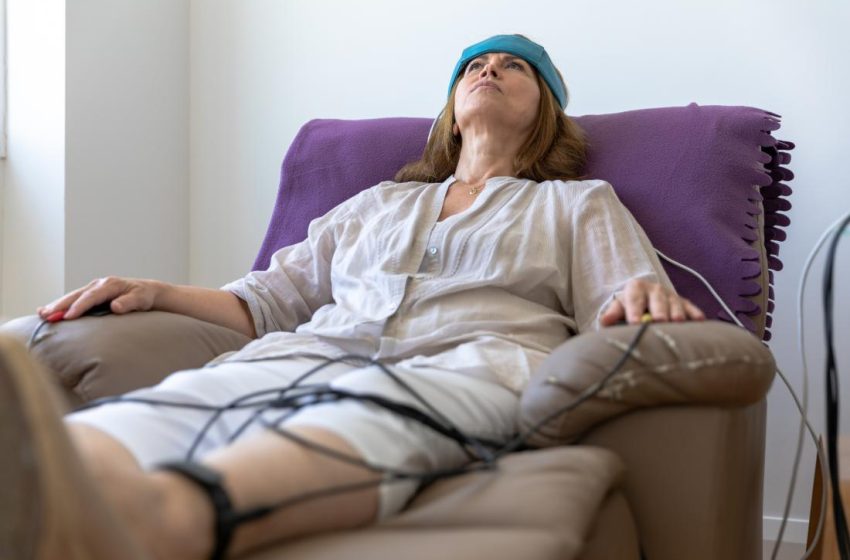Using neurofeedback therapy to train the brain has allowed countless people to make significant, positive changes in their lives. The rising scientific literature on this method, as well as the everyday milestones we see our clients reach, provide compelling evidence of the real, verifiable benefits neurofeedback may provide. Because the results are so precise, we offer a money-back guarantee if no improvement occurs following the sessions.
Neurofeedback is a type of brain biofeedback. It’s a non-invasive method for assisting the brain’s self-regulation. Improving self-regulation in the brain allows a person to perform better cognitively, emotionally, and behaviorally.
Neurofeedback is a great tool for anyone who wants to increase their brain’s potential and performance, whether it’s athletes trying to improve their game, people looking to improve their memory, or youngsters with ADHD.
What is Brain Mapping and How Does It Work?
Brain mapping is a technique that maps your brain wave activity and tells you which parts of your brain need to be addressed. This session is ideal for persons who feel they are dealing with mental health issues but are unsure what they are. During a brain mapping session, many disorders such as focus, anxiety, ADHD, depression, insomnia, fatigue, and others are detected.
The procedure also reveals where these abnormalities originate in the brain and how long they persist. If you want to become a neurofeedback practitioner, visit our website now to learn more!
Brain Mapping Session
EEG scanners are used to assess electrical signals in various brain locations during brain mapping. To see brainwave patterns, these impulses are statistically evaluated. A computer software program then records and processes the EEG data. This information is compared to a database of other people’s EEG. A quantitative EEG (qEEG) brain map can help us identify areas of the brain with too little or too much activity. It aids in the recognition of amplitude, location, and dysregulation.
All of these are necessary in order to comprehend acceptable levels of mental functioning in the client. When electrical activity deviates from normal ranges, it signals the presence of potential problems. Brain mapping is a prerequisite for neurofeedback brain training since it aids in the creation of an effective training plan.
During a Neurofeedback Session
Synapses in our brains allow neurons to communicate with one another, resulting in brain waves. We place sensors on the scalp to record these brain waves at the start of the neurofeedback session. This is a painless and non-invasive procedure.
We don’t send any messages to the brain; instead, we monitor the electrical activity and collect the data provided by EEG. The brain waves are then processed by a computer, and the software is used to display the ebb and flow of your waves as changes in audio and video output.









